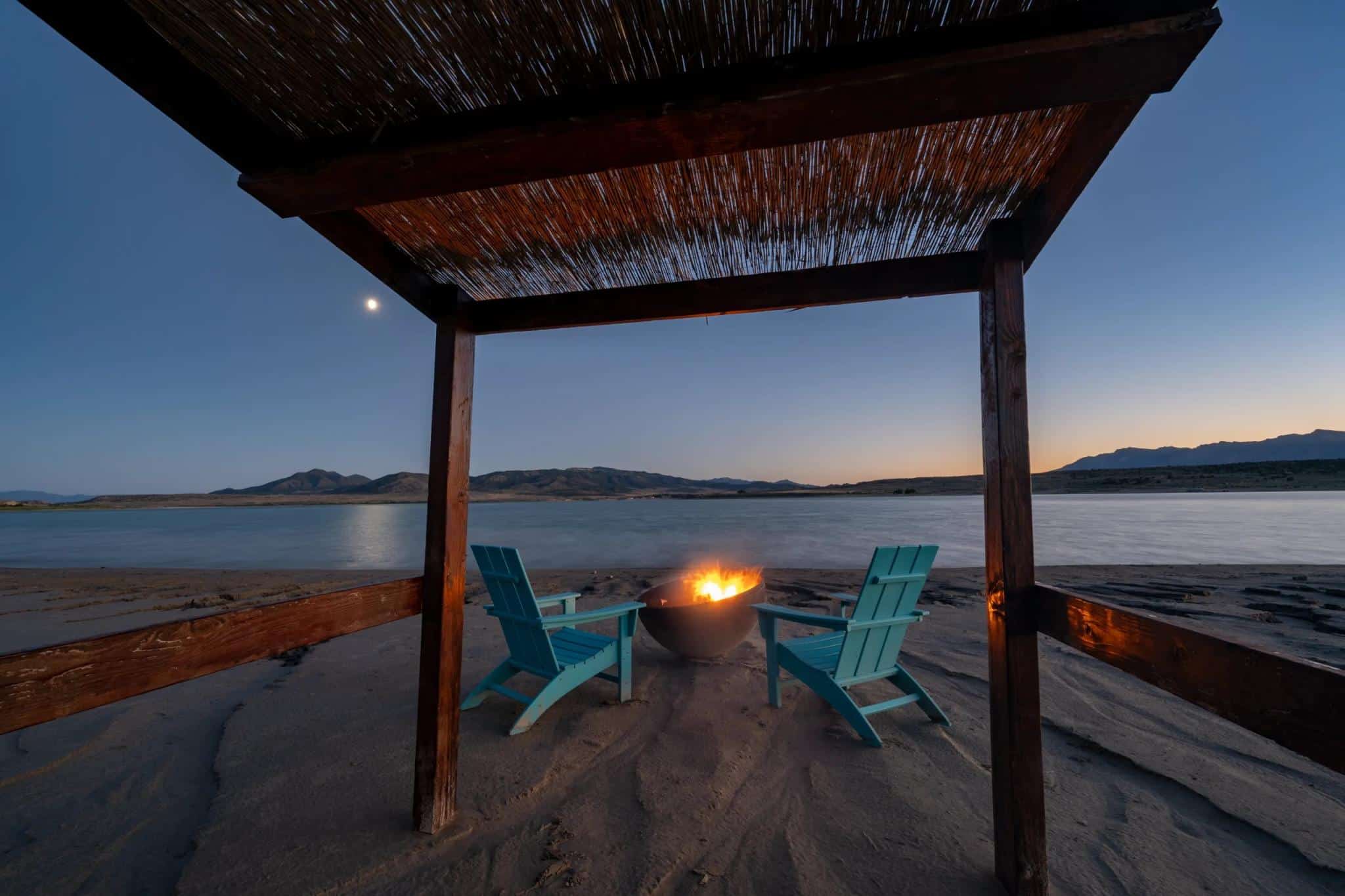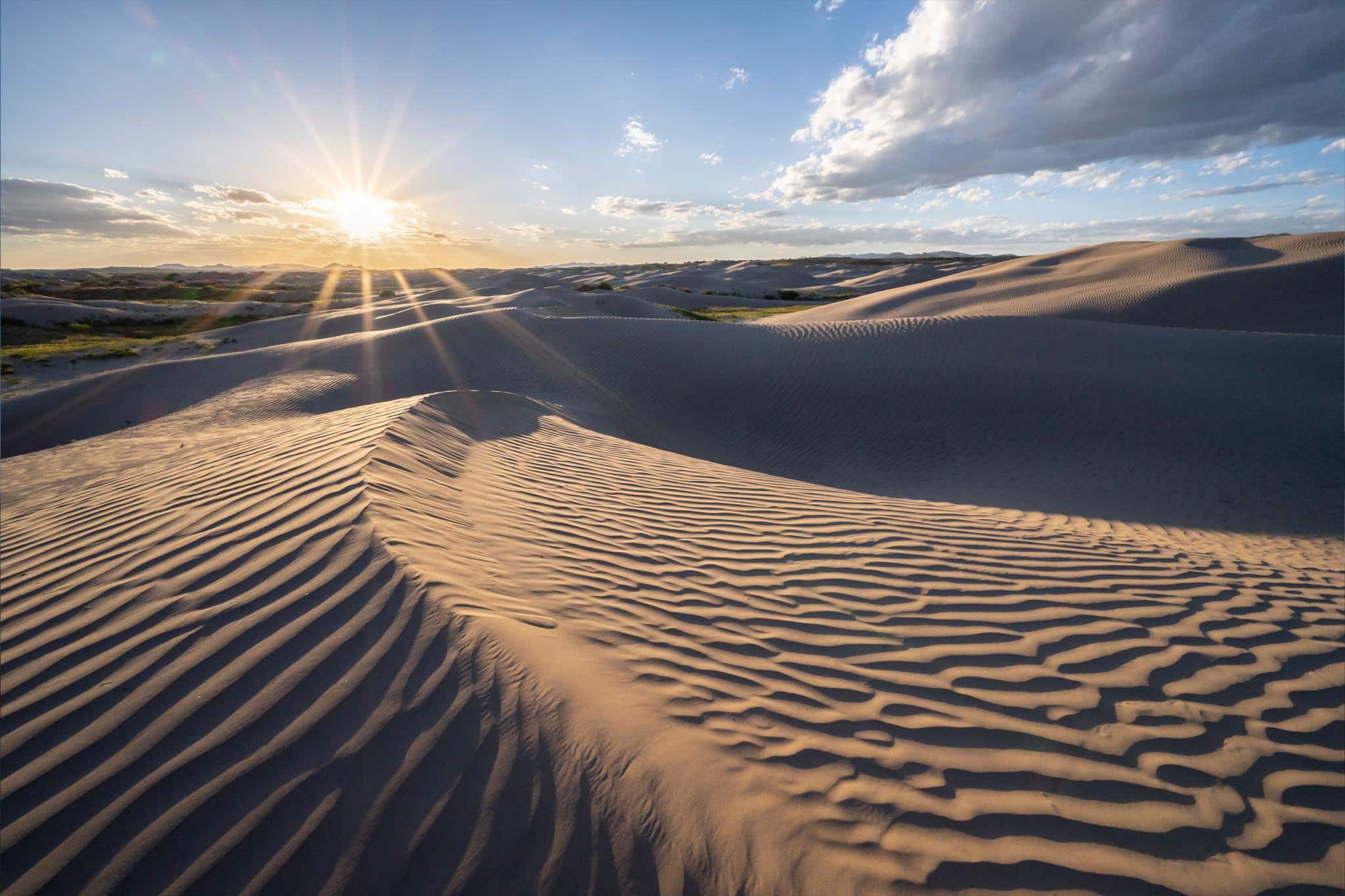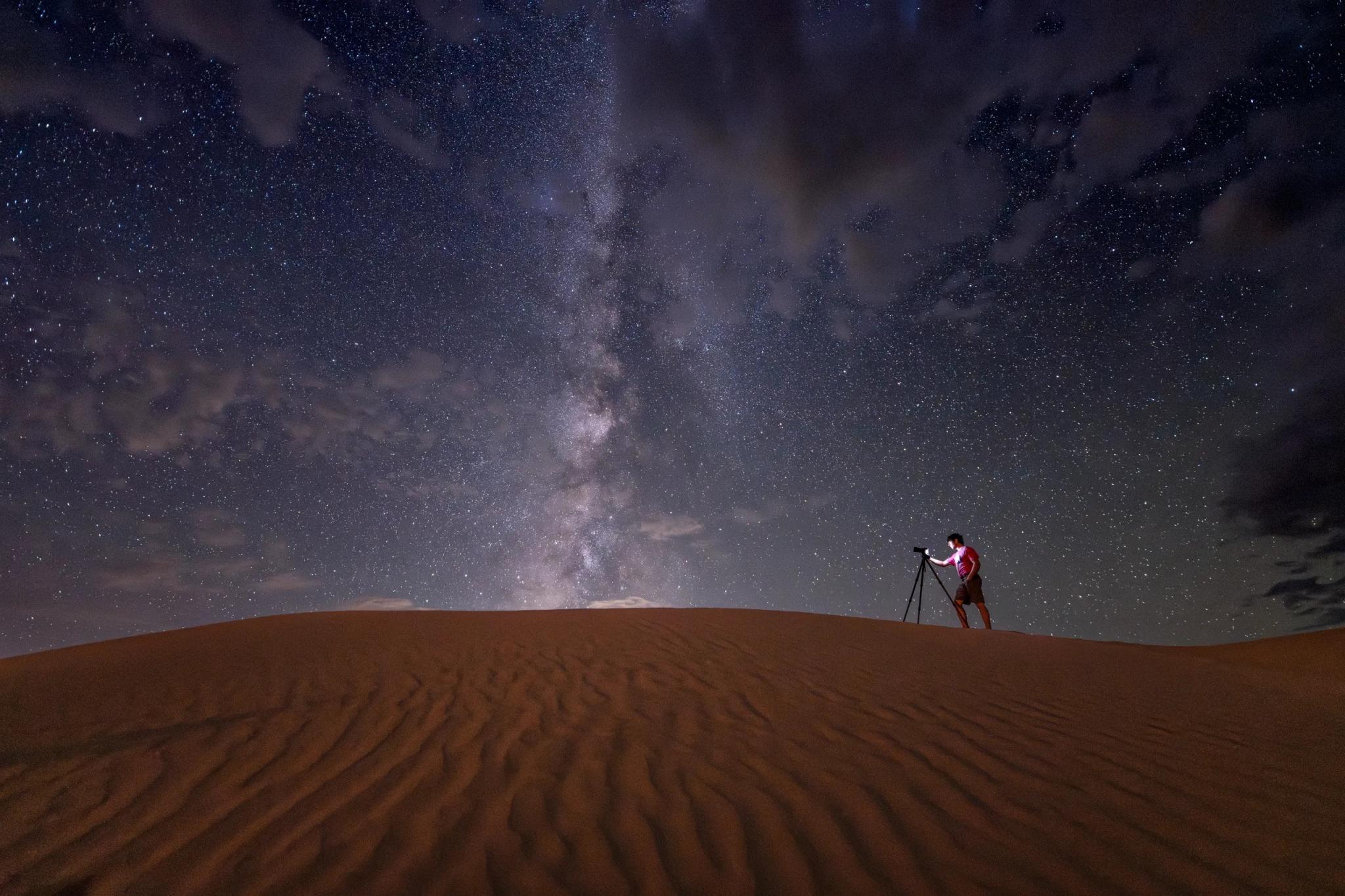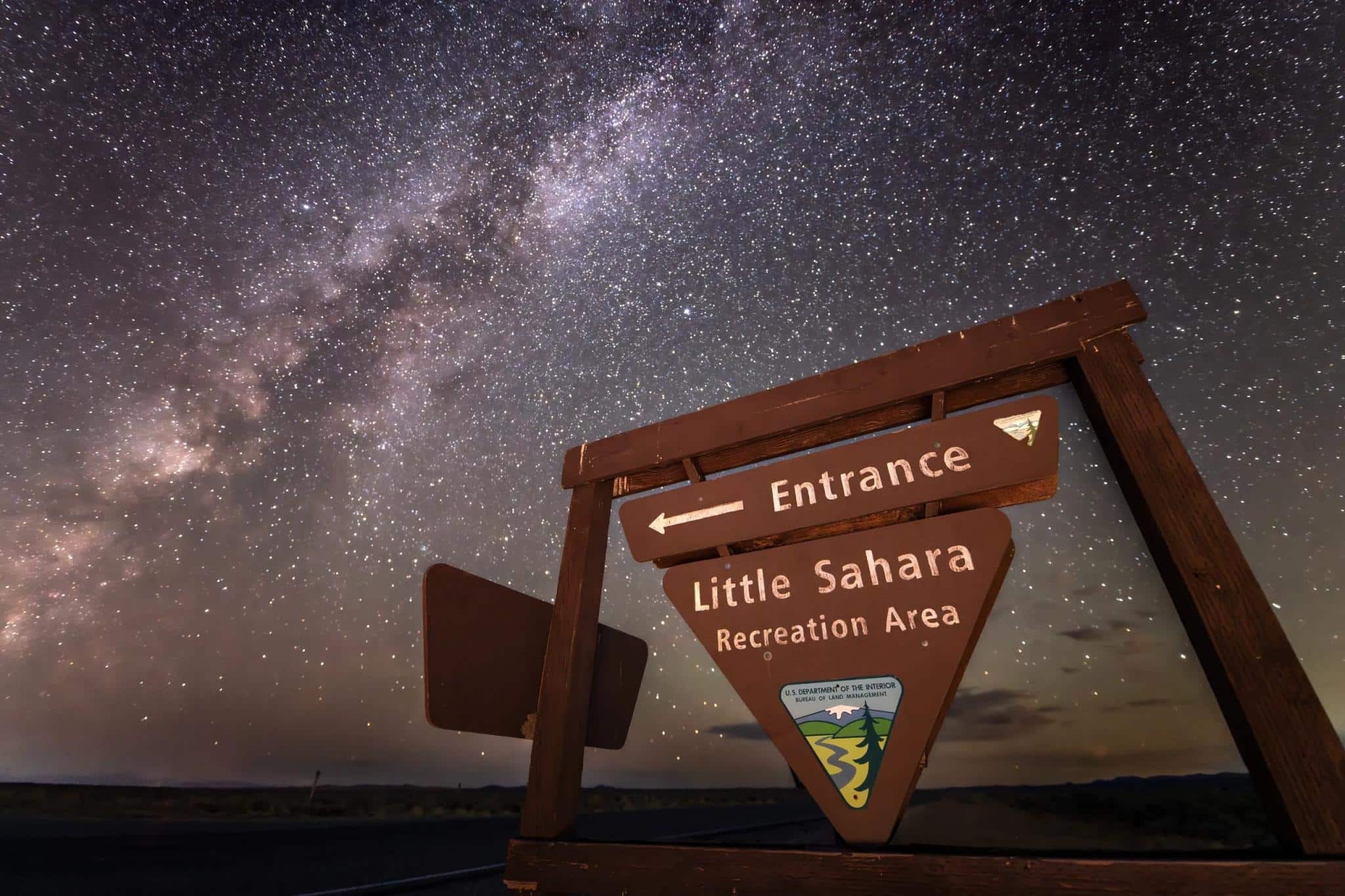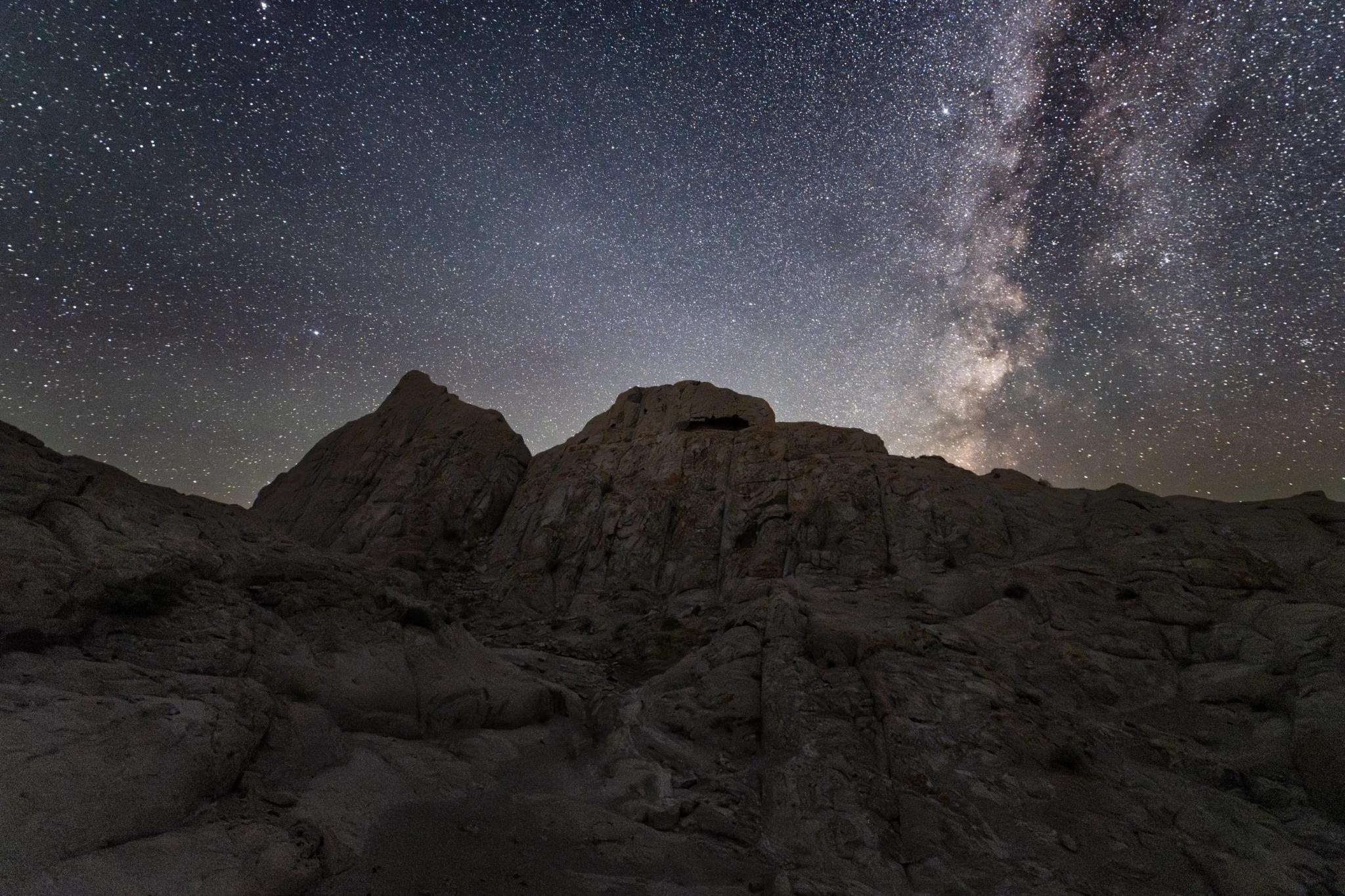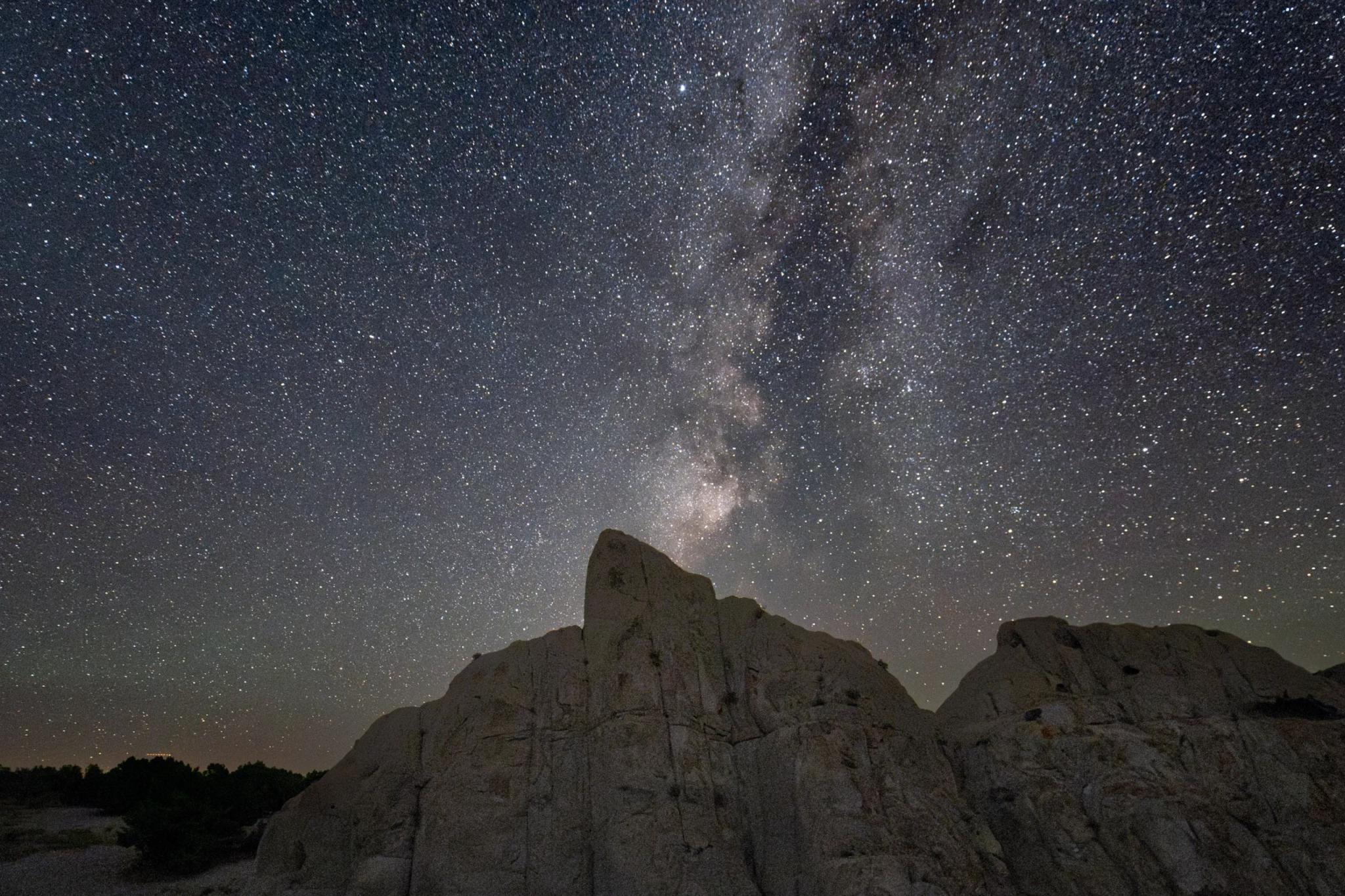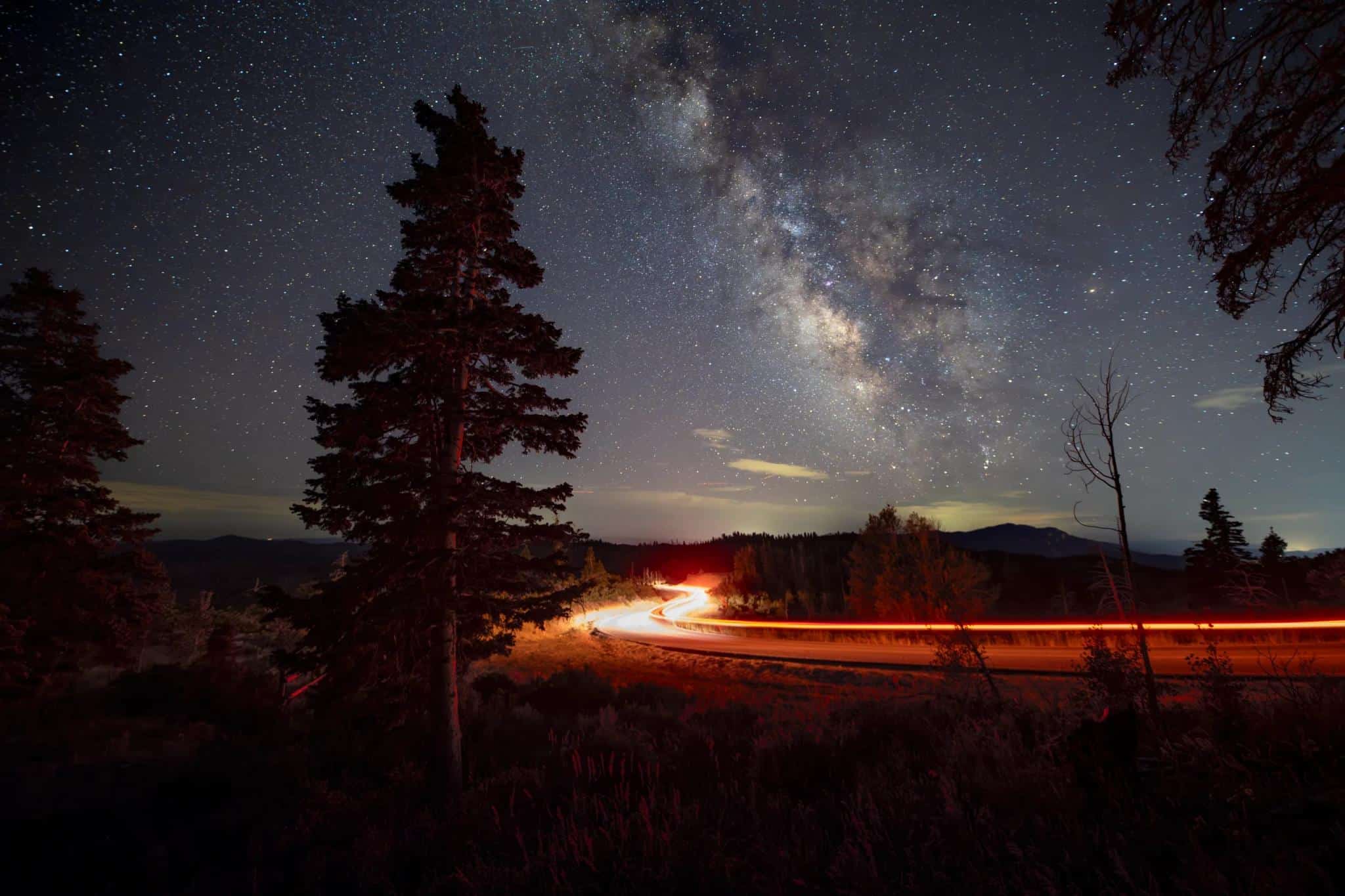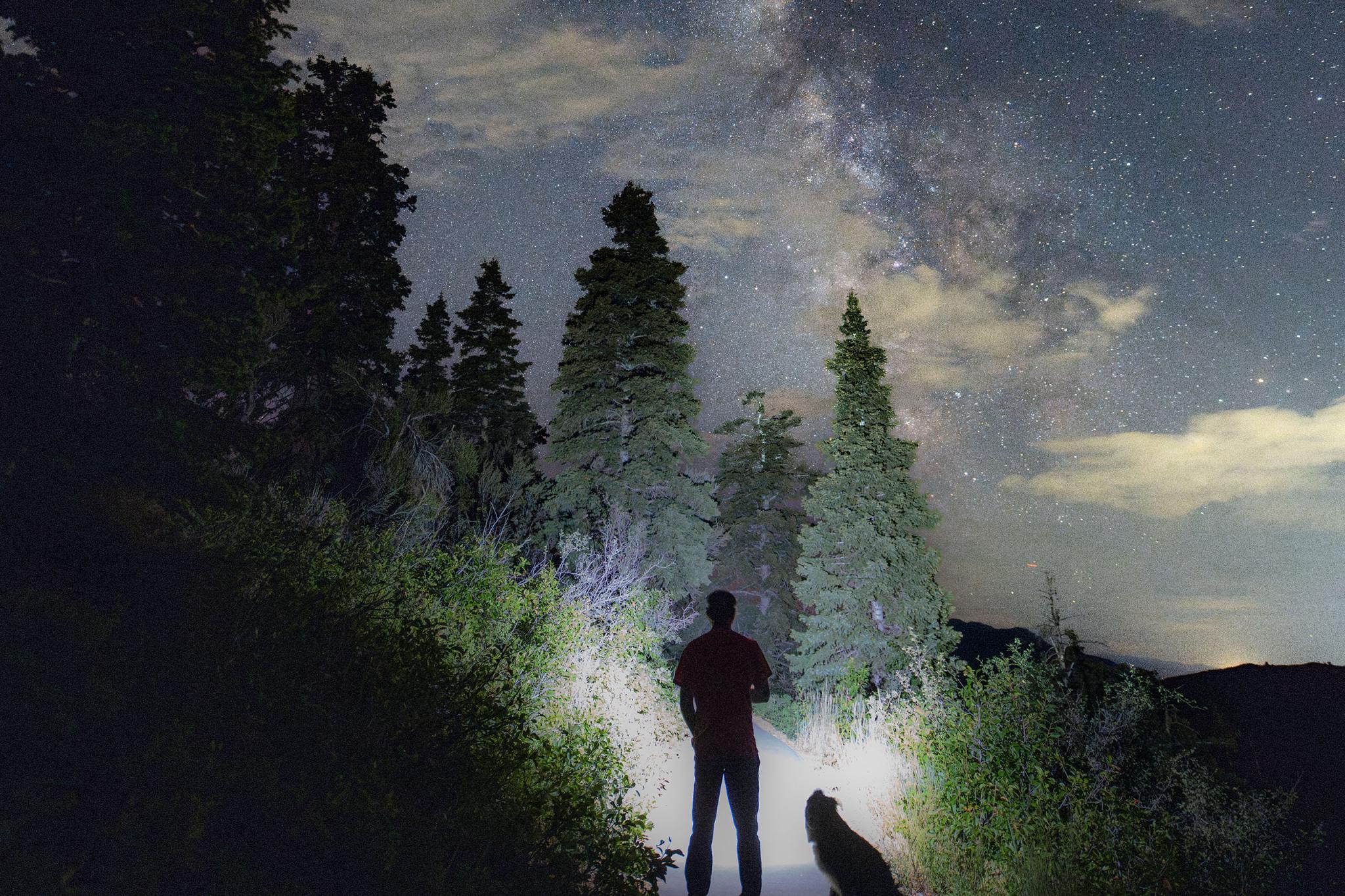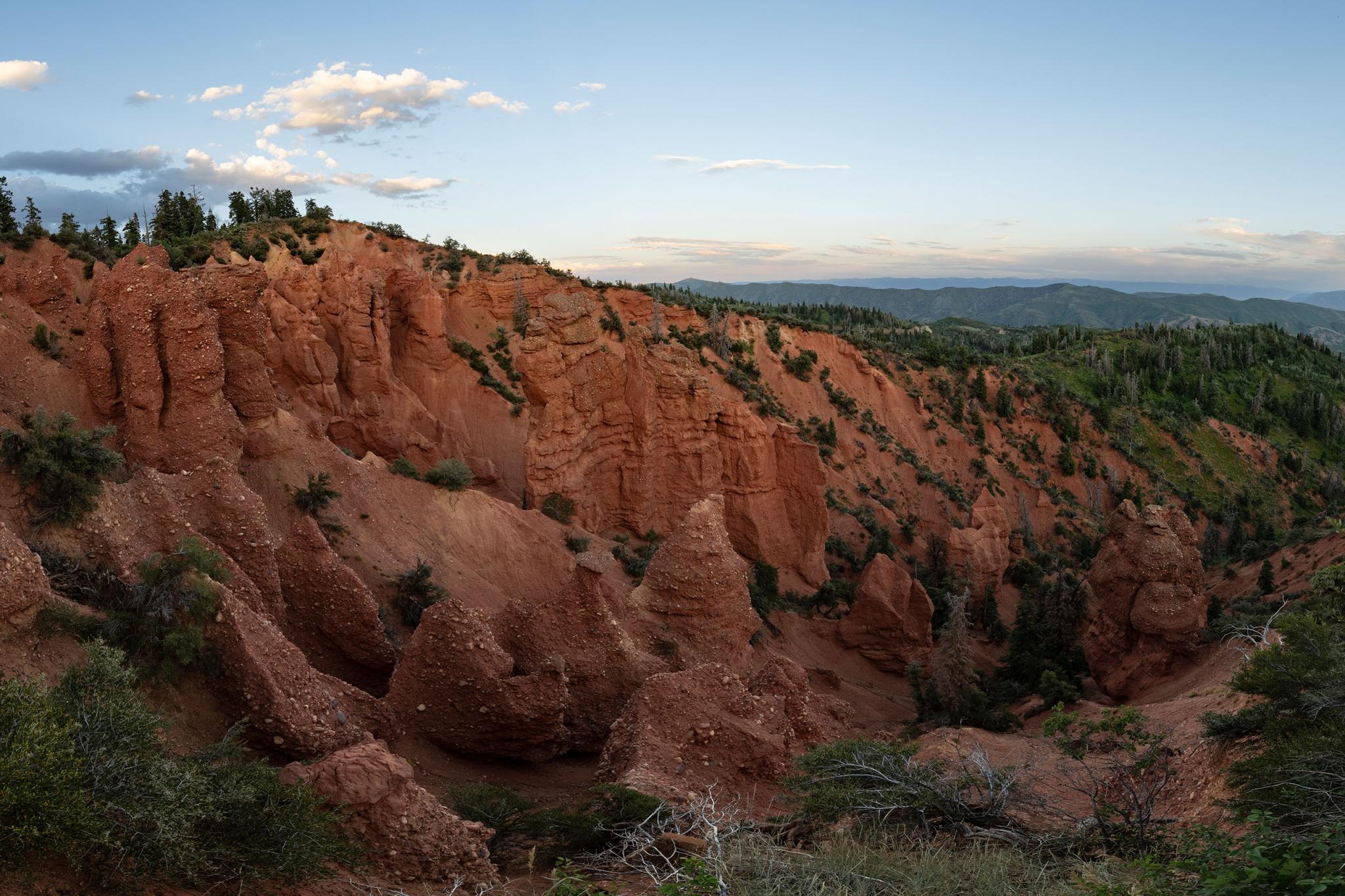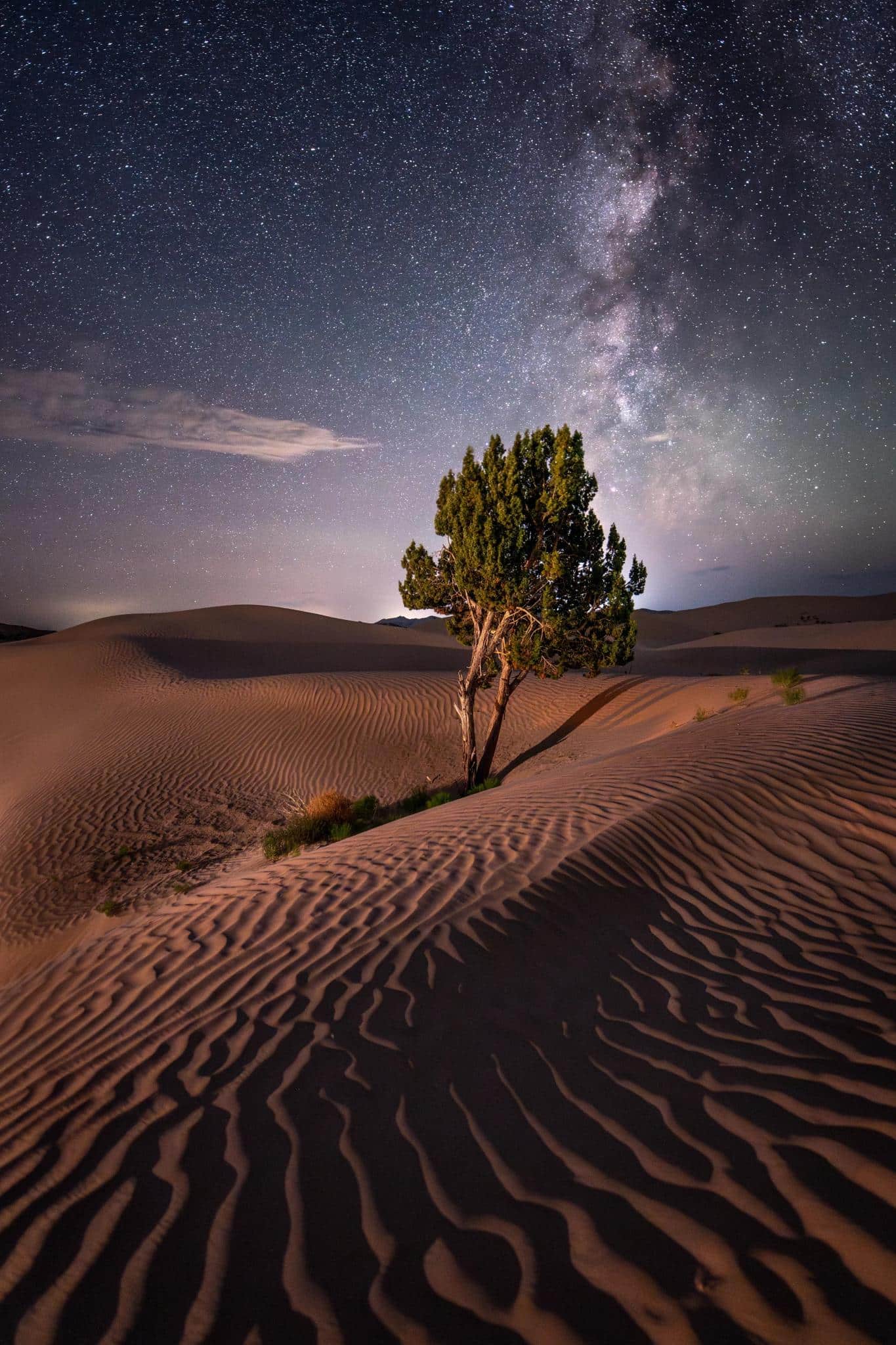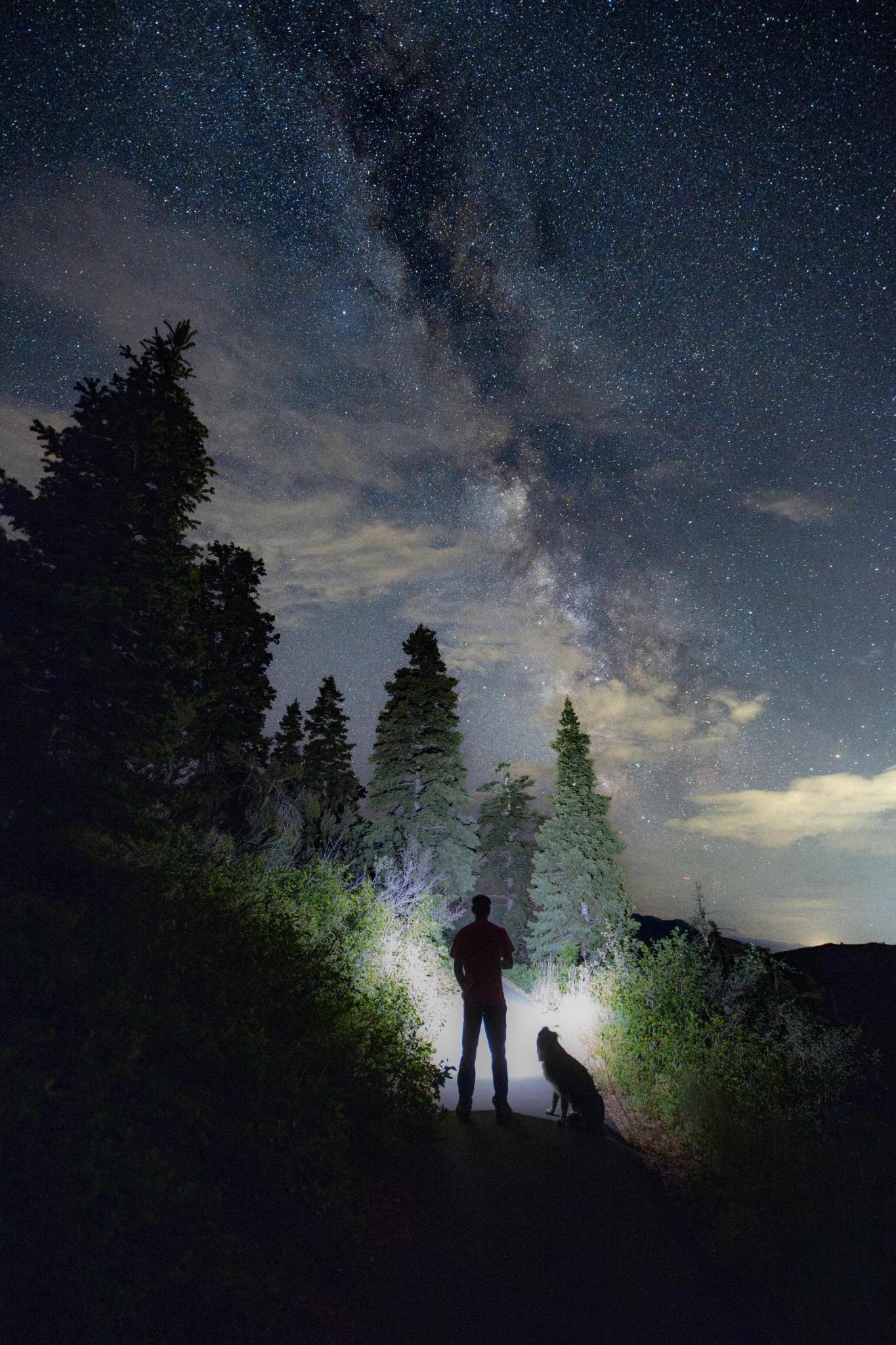Where To Stargaze In Juab County
Juab County’s high elevations and low humidity make it an extraordinary place to stargaze. Little to no light pollution combined with wide open spaces allows the night sky to open up and deliver a crystal-clear viewing of the galaxies. Juab’s vast desert landscapes, rolling hills, and unique rock formations add to the appeal, giving stargazers an unreal experience. Read on to discover Juab County’s top spots and how to set yourself up for a dreamlike night below the celestial masterpiece above.
Wildly dark skies, extreme quiet, and abundant camping make Yuba State Park a highly sought-after stargazing destination for all ages. Take advantage of the park’s outdoor recreation opportunities by day and stare in awe at the vibrantly clear, stunning sky by night.
With over 60,000 acres of sand and wide open skies, the geologic marvel that is the Little Sahara Recreation Area offers a singular stargazing experience. Play by day and settle into one of 255 improved campsites by night to take in the wonders of the galaxies.
Located in the southern Wasatch Range on the Nebo Loop National Scenic Byway, Devils Kitchen takes stargazing to another level. The red rock hoodoos reaching upward create an otherworldly feel. It’s worth arriving while it’s still light out to experience the hypnotic red view. The vast sky darkening and the stars appearing is a celestial cherry on top.
The Importance Of Preserving Our Dark Skies
Utah’s dark skies are a rare gift. In many places around the world, light pollution floods the night, leaving only a few stars visible to the naked eye. In our fast-paced lives, it’s easy to take these dark skies for granted. Many people are unaware of the harmful effects artificial light at night has on the health of all living organisms.
On top of drowning out the constellations, artificial light alters circadian rhythms. This may increase one’s risk of mental health issues, diabetes, obesity, cancers, and more. Wildlife also suffers from light pollution, especially nocturnal species.
Let’s work together to protect the beauty of our night skies for future generations! By simply dimming our lights, using energy-efficient bulbs, and shielding outdoor lighting, we can reduce light pollution and preserve the wonder of our starry nights.
Five Principles For Responsible Outdoor Lighting As Defined By Dark Sky International

Useful – Use light only if it is needed
All light should have a clear purpose. Consider how the use of light will impact the area, including wildlife and their habitats.

Targeted – Direct light so it falls only where it is needed
Use shielding and careful aiming to target the direction of the light beam so that it points downward and does not spill beyond where it is needed.

Low Level – Light should be no brighter than necessary
Use the lowest light level required. Be mindful of surface conditions, as some surfaces may reflect more light into the night sky than intended.

Controlled – Use light only when it is needed
Use controls such as timers or motion detectors to ensure that light is available when it is needed, dimmed when possible, and turned off when not needed.

Warm-colored – Use warmer color lights where possible
Limit the amount of shorter wavelength (blue-violet) light to the least amount needed.
Did you know Utah is home to the most Dark Sky Designated Places in the nation?
Many factors contribute to making a region, or in the case of Utah, nearly an entire state, an optimal place to stargaze. Utah’s recipe includes high elevations, low humidity, dark remote areas, and abundant national and state forest land. Having even one Dark Sky Place in a state is no easy task. To hold this illustrious certification, the area must meet a wide range of requirements set forth by the International Dark-Sky Association. Utah is home to not just one or two but an impressive 24 of the world’s 196 International Dark Sky Places!
Keep your stargazing journey going
Have you checked each of the four Juab County locations off your stargazing bucket list and remain hungry for more? Continue your journey in neighboring Millard County, where four more incredible stargazing destinations await!






